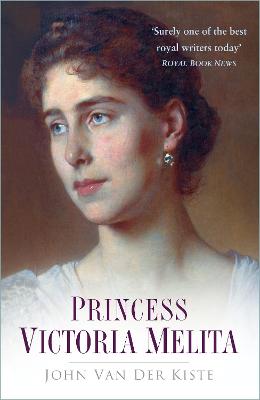History/20th Century History
3 total works
At the death of Queen Victoria in 1901, almost every European nation was a monarchy, most linked by close family ties to her and Edward VII, the "uncle of Europe". Prior to the outbreak of World War I, the personal relationships of Edward, and of his successor and son, George V, flourished with the other royal families of Europe. The closeness of the European families was violently interrupted by the outbreak of war in 1914, and the armistice of 1918 brought three empires, namely Germany, Austria-Hungary and Russia, crashing down. Some monarchies were strengthened, and others weakened beyond repair. In this well-researched study, John Van der Kiste has drawn upon previously unpublished material for the Royal Archives, Windsor, to show the realtionships between the crowned heads of Europe in the first part of the 20th century. His account sheds new light on foreign policy leading up to World War I.
Princess Victoria Melita played a colourful role from her birth in 1876. The second daughter of Alfred, Duke of Edinburgh, she made a brief and unhappy marriage at the age of 17 to her cousin, Ernest, Grand Duke of Hesse. In the face of strong opposition from her family she divorced him seven years later and married another cousin, Grand Duke Cyril of Russia, resulting in three years of exile. When revolution toppled the empire in 1917, the Grand Duke and Duchess and their children escaped to Finland, living in danger for three long years. Following the atrocities of the Bolsheviks at the time, including the murder of most of the Romanov family, the Grand Duke believed he was the senior surviving member of the imperial house, and proclaimed himself Tsar. However, they were never able to return to their homeland, and the Grand Duchess died in exile in 1936. Using previously unpublished correspondence from the Royal Archives and Astor papers, this is a portrait of the Princess, set against the imperial courst of the turn of the 20th century and inter-war Europe.

